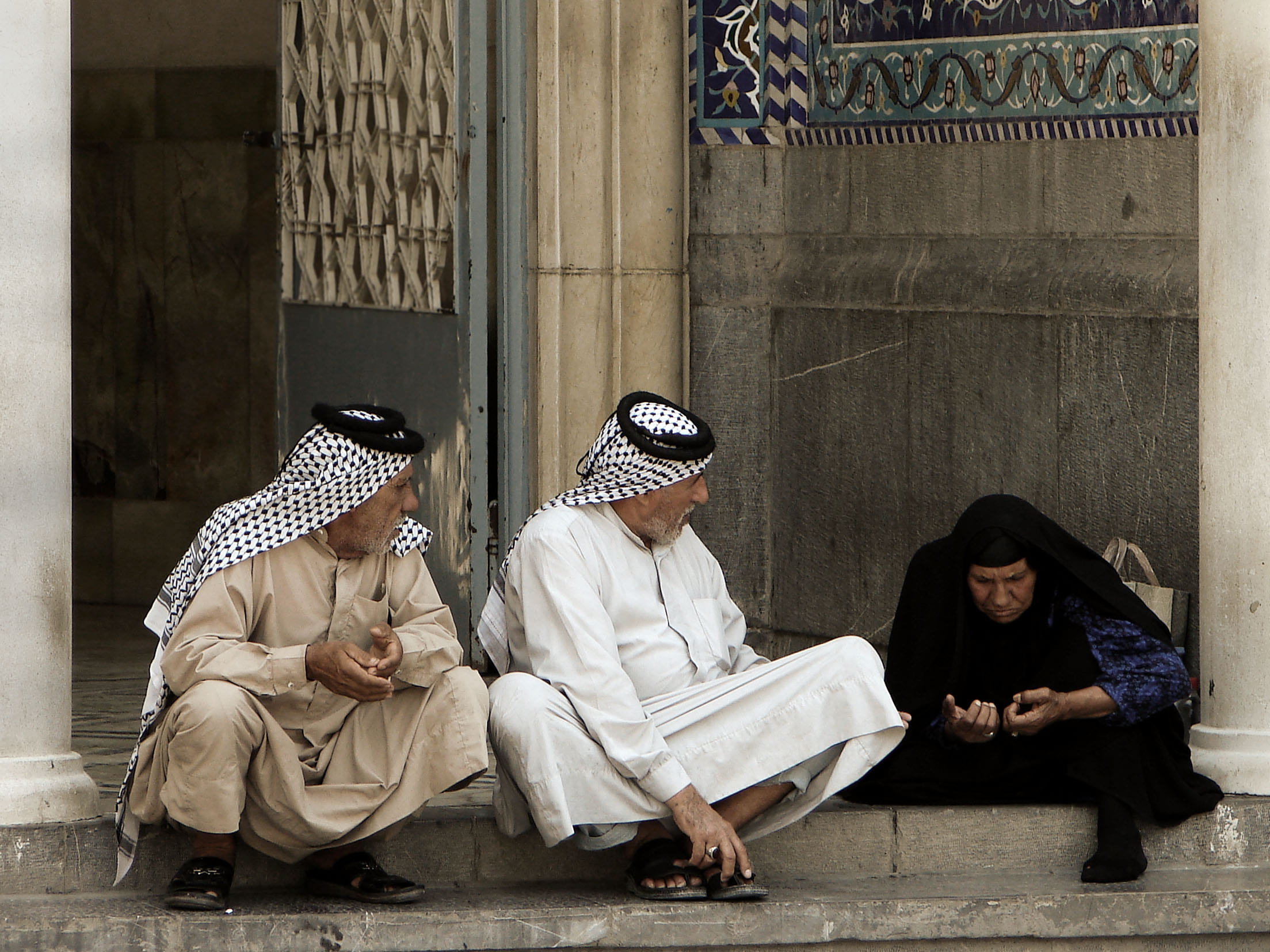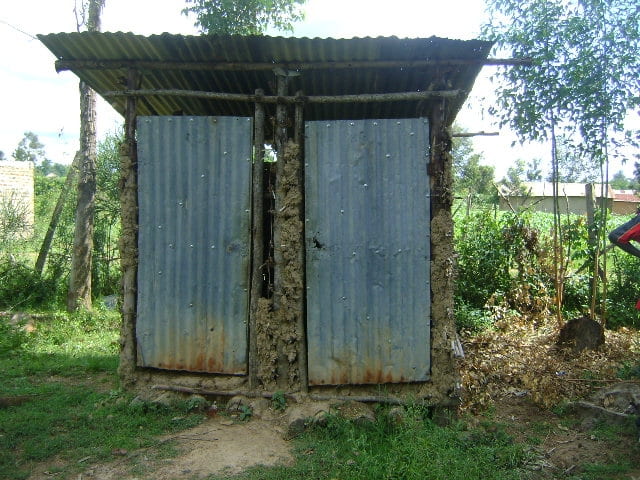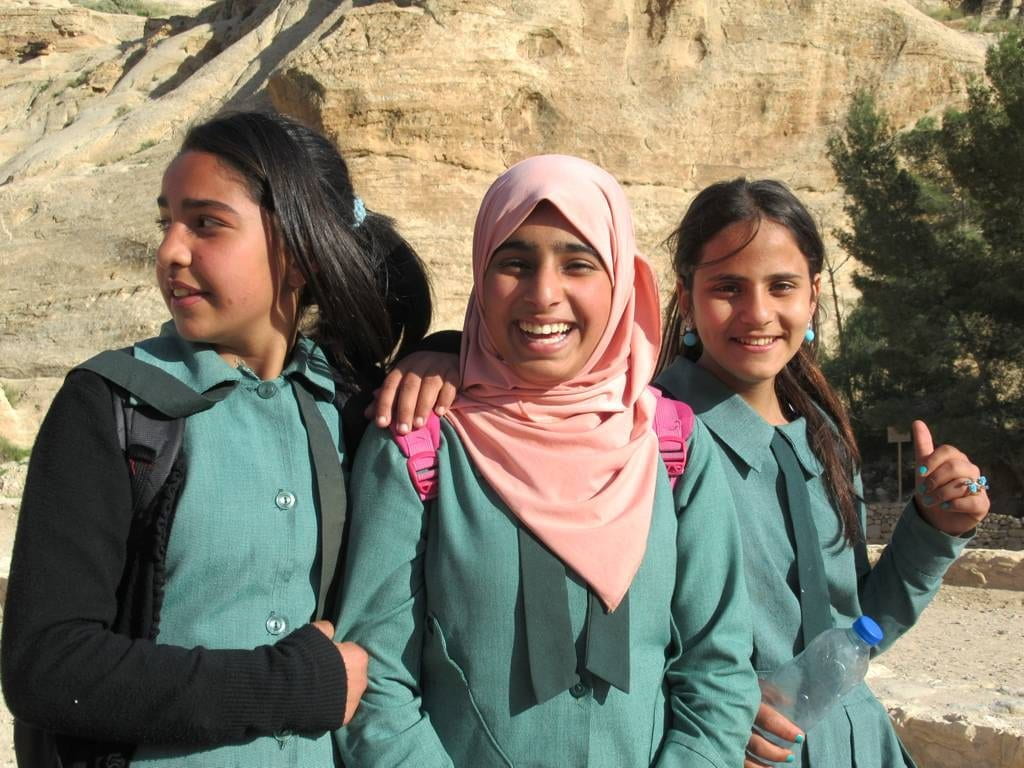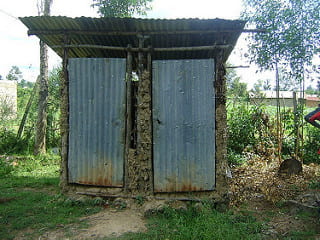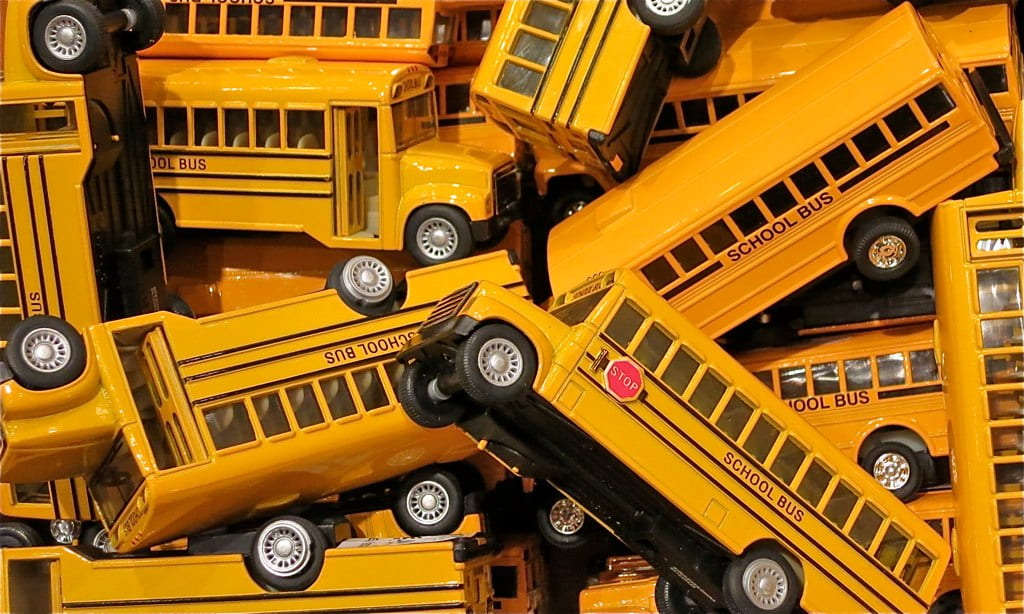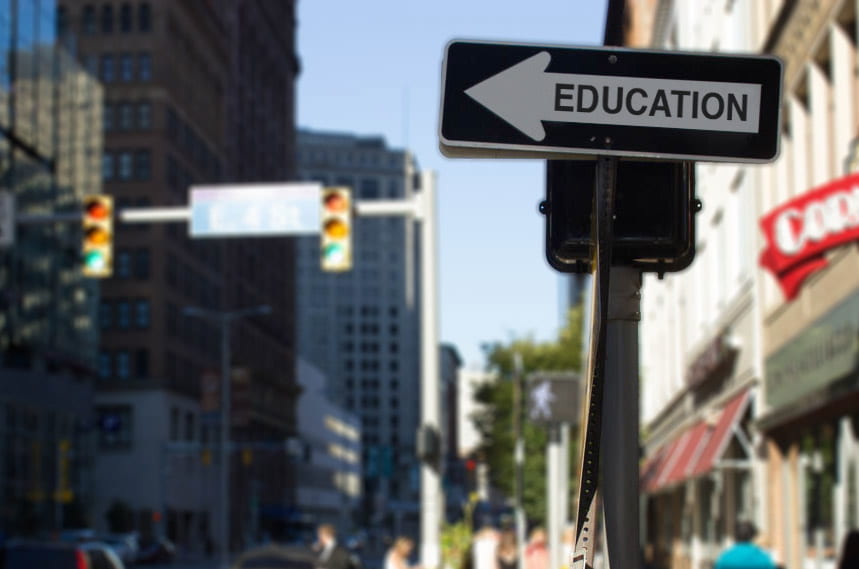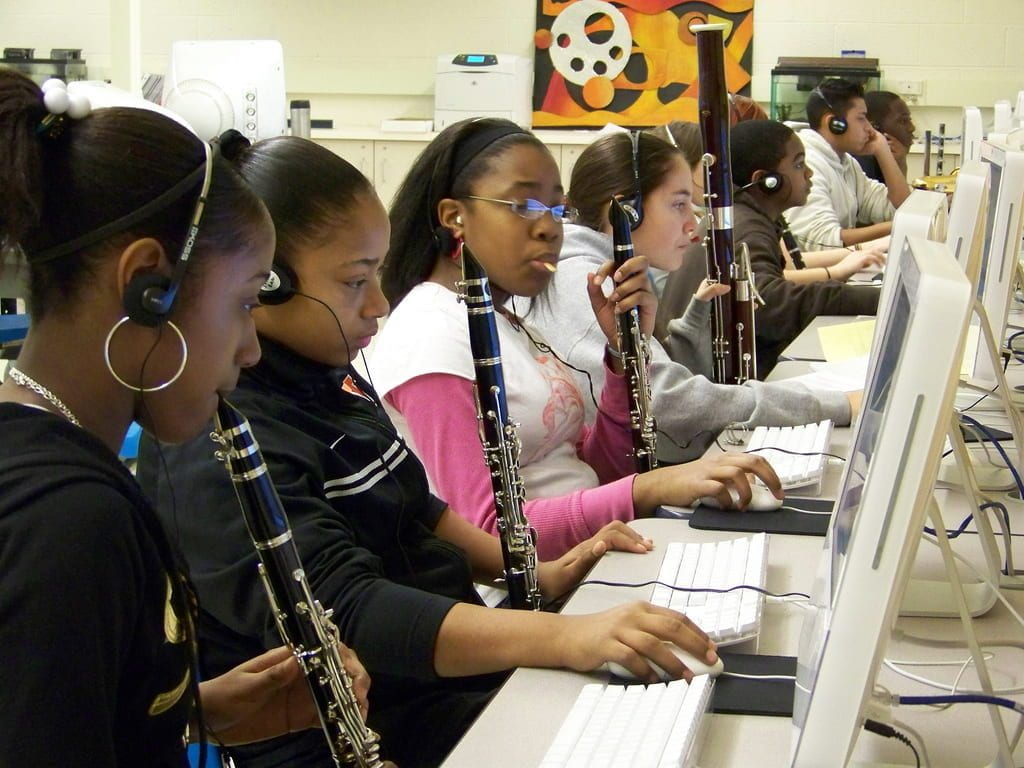
Mental health is a topic that is becoming increasingly recognized as an important public conversation. It is usually focused on depression and anxiety and is often overlooked in the context of human rights. It is important to recognize that mental health is a public health issue, and therefore a human rights issue. Mental health has an irrefutable impact on an individual’s physical health and their quality of life. It can also harm their ability to receive an education. This blog will discuss Attention-Deficit/Hyperactivity Disorder (ADHD) and the issues created by the stereotypes and stigmas related to mental health.
Conditions like ADHD are frequently given a specific popularized depiction. Though the depiction may not be entirely incorrect, it is rarely inclusive of all the individuals experiencing these conditions. When people think of ADHD for example, they often think of a boy with a lot of behavioral problems and poor grades. The fact of the matter is that people with ADHD can be any gender and can have any kind of experience in school. Using stereotypes to inform our ideas about the people who have certain conditions impacts if and when people who have these conditions are able to receive a diagnosis and treatment. Because of this, girls with ADHD are frequently unaware of what they are experiencing.
What Is ADHD?
ADHD is a disorder that results from the way the brain develops. According to the Centers for Disease Control and Prevention, “ADHD is one of the most common neurodevelopmental disorders of childhood.” It is very important to understand that ADHD is not merely a behavioral issue. It is a condition that cannot be punished away. ADHD brains work differently than brains without ADHD. ADHD brains lack a sufficient amount of dopamine and norepinephrine, two neurotransmitters that transport signals in the brain. They are like filters for your brain. Dopamine helps to regulate the reward center of the brain, movement, and emotional responses. Norepinephrine strengthens signals that are relevant and important while blocking information that is unnecessary. Medicines that treat ADHD typically aim to support the circulation of these neurotransmitters in the brain. These medicines decrease the frequency of the symptoms of ADHD, though they do not eliminate them.
In addition to the symptoms related to impulsiveness and inattentiveness, the lack of filter ADHD causes in the brain can lead to sensory overload, which can cause a lot of stress and anxiety. When this occurs, one becomes overwhelmed by all of the noises you hear, the things you see, and the things you feel. You notice everything around you, including the things that are unimportant.
Depending on an individual’s personal symptoms and experiences, they may have one of three different types of ADHD. One type of ADHD is the “Predominantly Hyperactive-Impulsive Presentation”. This type can involve a lot of fidgeting, feelings of restlessness, and an unusually large amount of impulsive behavior, such as interrupting people. Another type of ADHD is the “Predominantly Inattentive Presentation”. This type often involves forgetfulness and difficulties in fully absorbing new information. The third and final type is called the “Combined Presentation” and involves experiencing the symptoms of the other types equally.
Differences Between Boys and Girls With ADHD
Girls are significantly less likely to be diagnosed with ADHD than boys are, though they are not less likely to actually have it. One study, using data from the Danish National Birth Cohort, found that children whose parents reported ADHD behaviors and who were undiagnosed were girls more often than boys. Because of this, girls with ADHD are more likely to go untreated than boys are. The differences in how boys and girls experience ADHD contribute to the underdiagnoses of girls. Another study, which combined the results of 8 prior studies to have a sample of 772 boys and 325 girls, suggests that boys with ADHD are more likely to display symptoms of impulsivity that girls with ADHD are, based on the children’s performances on “Continuous Performance Tests”. Symptoms of impulsivity are often easier to recognize than inattentiveness and result in behaviors that catch people’s attention. Inattentiveness, which girls more frequently experience, does not lead to behaviors that are as disruptive as the behaviors of impulsivity.

Why It Matters
ADHD is highly connected to the issue of mental health. According to one study, girls with ADHD are more likely to experience comorbid disorders such as depression, anxiety, oppositional defiant disorder, and conduct disorder than girls who do not have ADHD. Individuals with ADHD may internalize what they are going through, blaming themselves and feeling like what they are going through is their own fault. They may externalize what they are going through, impacting the way they interact with other people and their environments. Internalizing and externalizing behaviors occur in individuals with ADHD regardless of the existence of a diagnosis but being undiagnosed can make the situation more difficult.
The possibility of being diagnosed with ADHD is also impacted by many social determinants. Social determinants are defined as “conditions in which people are born, grow, live, work, and age.” They lead to avoidable health disparities. It is important to recognize social determinants when it comes to mental health and human rights, because they highlight the fact that people of different backgrounds do not have access to the same resources. Factors that are out of an individual’s control impact their ability to access their human rights and maintain a good quality of life. By identifying social determinants, we can begin to identify changes that can be made to diminish injustice in the world. For example, even the country that someone with ADHD lives in can impact the chances that they will be diagnosed.
In France, 0.5% of children are diagnosed with ADHD, while about 12% of children in the United States receive a diagnosis. Different countries around the world have different views of ADHD, affecting their rates of diagnosis and the methods of treatment. The treatment of ADHD in France frequently involves prioritizing methods such as therapy and family counseling over medicines. In Germany, it is likely that students with ADHD benefit from the “outdoor component” of their education, as being outside can be more favorable for them than a traditional classroom. The United States relies more heavily on using medicinal methods to treat ADHD.
Another social determinant that impacts treatment is socioeconomic status. Even if a child in poverty has received a diagnosis, it is still possible that they cannot afford treatment. If they are uninsured, it would be difficult for them to access medication or therapy. Race also acts as a social determinant. The results of one study suggest that there is a large disparity in ADHD diagnosis and treatment that negatively impacts African-American and Latinx children. According to the study, it is more likely that the disparity is due to African-American and Latinx children being underdiagnosed and undertreated than white children being overdiagnosed and overtreated.
Social determinants like nationality, socioeconomic status, and race can be barriers to a child’s diagnosis and treatment for conditions like ADHD. These factors are out of the child’s control and create disparities that cause further harm. Even if an individual knows what a problem is, they cannot work towards alleviating it if they do not have the resources they need. If a black girl is born is born into a New York family in poverty, she may lack the ability to spend time outside, receive certain medications, or go to therapy. She would not have access to the same resources as children from families with higher incomes or different geographical locations. This injustice feeds into comorbid disorders and has a negative impact mental and public health, as emotional issues can develop from being able to understand the injustice.
The Universal Declaration of Human Rights includes the right to education (Article 26) and the right to an environment that promotes health and wellbeing (Article 25), along with many others. Access to these rights is limited when individuals with conditions like ADHD are unable to seek treatment, whether that treatment be medicinal or a form of counseling. The effect that these conditions have on one’s mental health makes a significant difference. Education is one of the human rights that is fundamental to growth and flourishing in life.
We, as a global society, must recognize the relationships between mental health, public health, and human rights. They are not isolated issues. The way we approach one impacts the outcomes of the others. Mental health is a part of public health, impacting an individual’s physical health and their quality of life. Both mental health on its own and public health as a whole are largely influential in one’s ability to access their human rights. Everything is connected.
